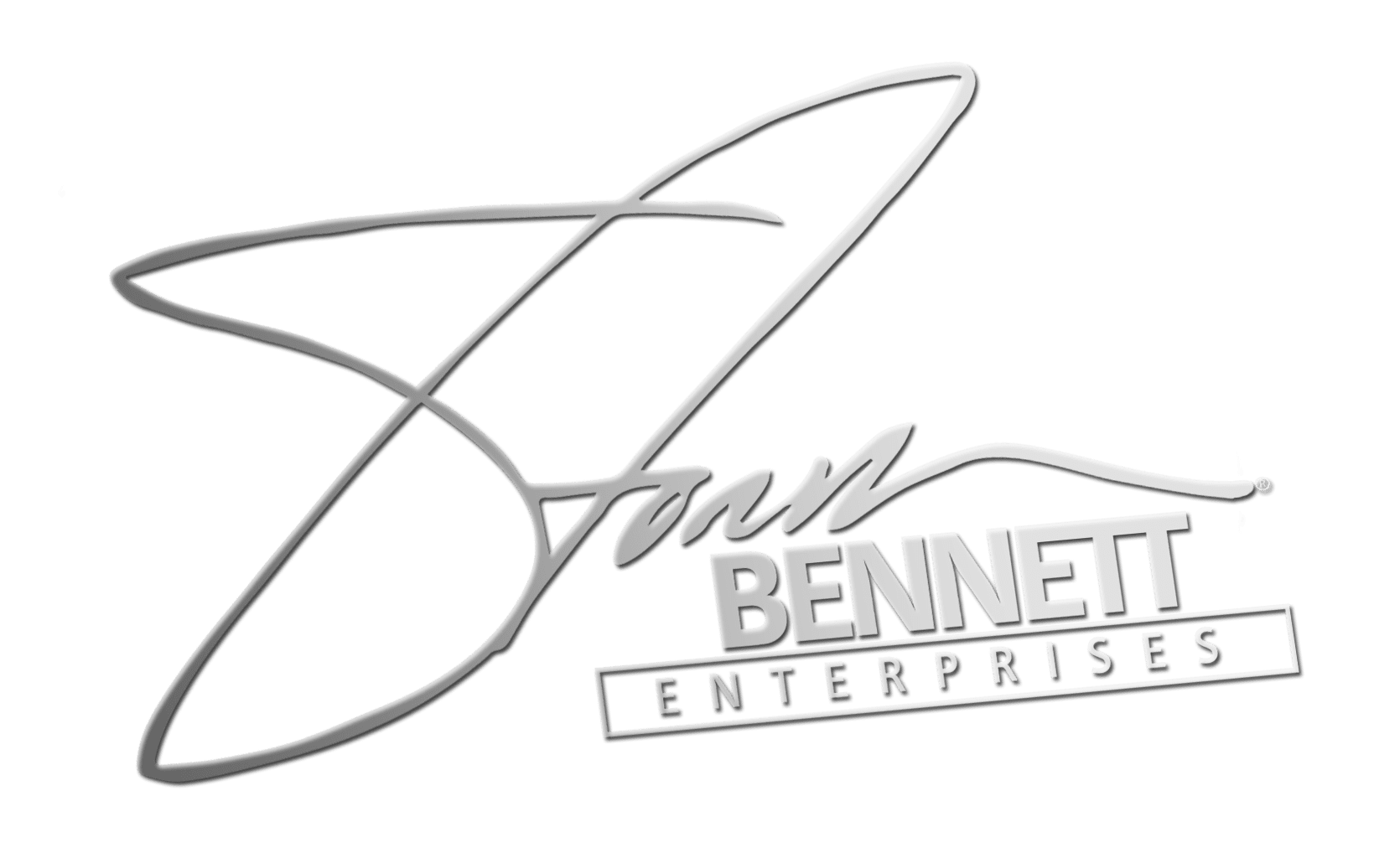
Advertising your small business on the radio is still one of the most effective methods of advertising. In fact, even in 2022, more Americans listen to the radio than use Facebook every week. And radio holds the highest collective trust of any advertising channel. If you want to get your small business out there, advertising with a jingle for small business is the best way to do it.
Jingles have been widely used in advertising for decades. From the first jingle broadcast for Wheaties on Christmas Eve, 1926, jingles use the power of music and repetition to stick their associated product into the heads of customers for good. You probably can think of at least five jingles off the top of your head without trying too hard. They’re just that powerful.
But what goes into a catchy jingle for a small business? How do you get customers to remember your brand without annoying them or overwhelming them? Writing jingles is a bit of a science, but we’ve broken down the top 6 factors to keep in mind when writing a jingle for small business. With this guide, you’ll have a catchy earworm of a jingle in no time.
1. Audience
The first rule of thumb for any advertising campaign is to think of your target audience. Jingles are no different. The audience you’re trying to capture is going to determine the type of small business jingle that they’ll respond to. In general, you’ll need to create an audience profile before you start writing so you can determine who your ideal audience is.
There are a lot of factors that go into an audience profile, but here are the big ones:
- Gender
- Age range
- Geographical location
- Occupation
- Family/Marital status
- Race and/or ethnicity
- Income status
With your ideal audience in mind, you’ll need to think about what factors appeal to them. Younger demographics will likely gravitate towards a jingle that’s more upbeat or resembles pop music. A higher-class crowd may like something classical, instead. A rural audience may like acoustic sounds instead of electronic ones. The words and instruments you use in your jingle all have different meanings to different people, so choose carefully.
2. Product/Service
The product or service that your jingle is advertising is the second most important factor to consider when writing a jingle for small business. This will determine the style of the jingle and the content almost as much as the audience. What do you want your audience to remember about your jingle? What does your small business offer that your competitors don’t? Think about your overall brand image and the call to action you’d like your customers to take and use that to write taglines or lyrics to be sung for the jingle.
Make sure the style of your jingle matches your business, as well. If you have a tech company, futuristic, electronic tones will sound better than acoustic or rock music. A jingle for a car dealership should sound fast, upbeat, and inspired by rock or pop. If the image the music evokes is the opposite of what your business is associated with, audiences may be confused and not realize what the jingle is advertising.
3. Mood/Tone
Evoking the right mood and tone with your jingle for small business is the key to making sure your company stands out. You’ll need to determine what you want your audience to remember most when they hear your jingle. What should they think about your company? A real estate agent’s jingle should evoke trustworthiness and professionalism, while a jingle for a toy company should be fun, playful, and energetic.
4. Wording
If your small business jingle isn’t instrumental only, chances are, it’s going to be your tagline, slogan, name, or phone number that is going to be sung. Out of these choices, you should pick the one that will drive your audience to your intended call to action. If you want listeners to call your business, having your phone number as part of the jingle is the best course of action. If you want to drive home what makes your business different than the others, a strong, memorable tagline is a better choice for the jingle wording.
Choose words for a tagline or slogan that are simple to pronounce and evoke strong imagery. Use famous jingles as examples—which company’s jingle gets stuck in your head the most? Take the elements that make their slogan so effective and use them for your jingle for small business.
5. Repetition
Repeated sounds, notes, or words are what make a song or jingle stick inside someone’s head. In fact, the human brain loves repetition so much, that it will start to create melodies out of repeated sounds even if they aren’t being sung. Use repetition to your advantage when creating your small business jingle. Whether it’s repeating words, notes, or even nonsense sounds (e.g. “la la la”), utilizing repetition in your jingle is the best way to keep your business at the top of your audience’s memory.
6. Short, Sweet, to the Point
Finally, remember that your small business jingle should be short, sweet, and to the point. Most jingles are only a few seconds long, with a maximum length of 30 seconds for an entire melody to be used under radio ads. The “hook” of the jingle, or the sung tagline or phrase, should be around 5-10 seconds in length. Choose just a few short words to be sung, and don’t make it too complex. You want your audience to be humming the tagline over and over. If it’s too long, the repetition is less likely to stick. Less is definitely more!
Killer Jingles from Killerspots
If you’re not a songwriter or lyricist, Killerspots has been producing jingles for small businesses since 1999. Our talented team of writers, musicians, and singers will help you through the jingle development process, from the initial concept meeting, all the way to hearing your jingle on the radio, in commercials, and beyond. Listen to some of our previous work and get in touch with us for a free jingle quote.





